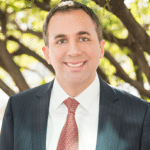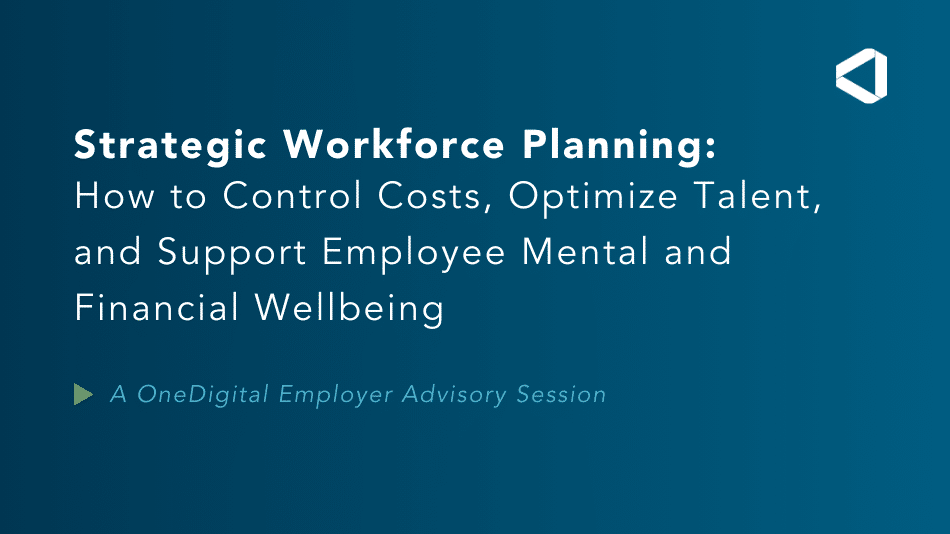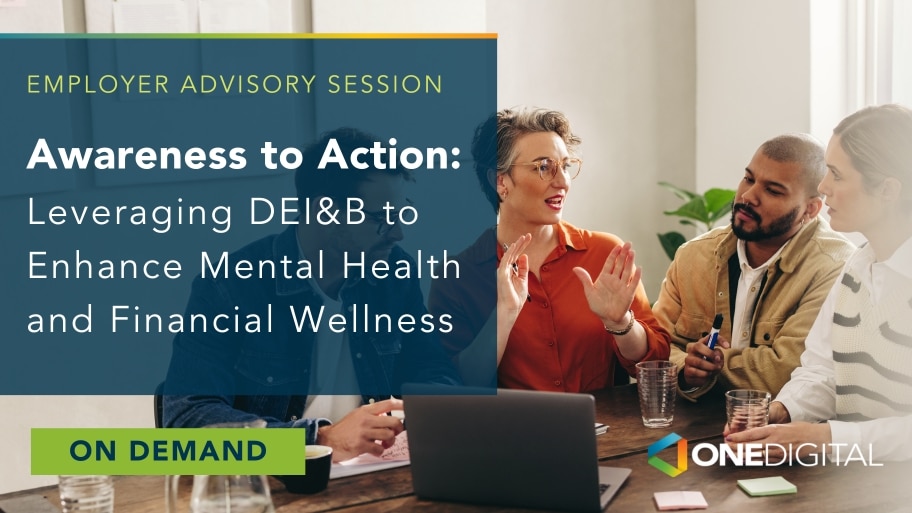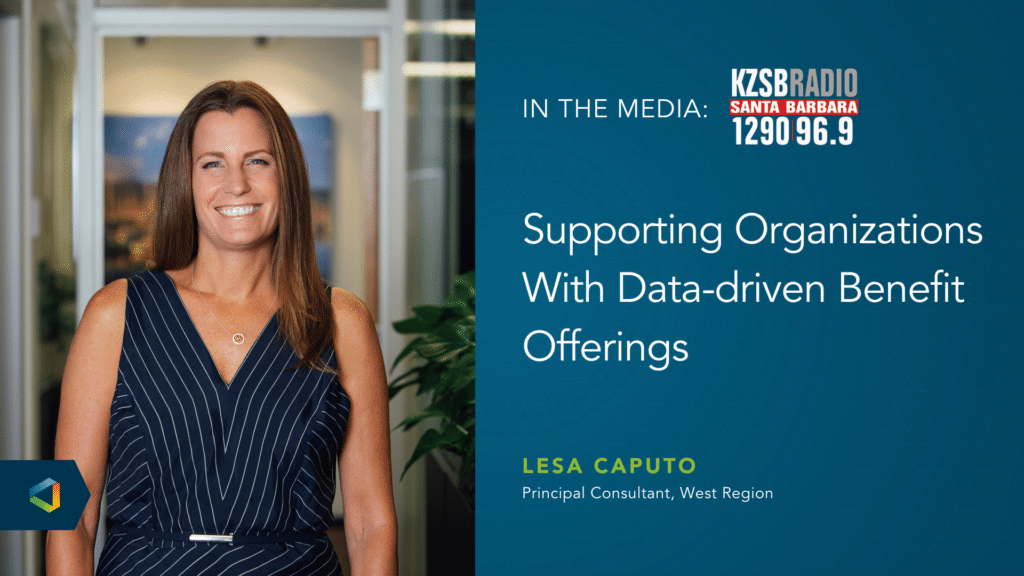Better Benefits, Healthy People
The "Great Resignation" — How Businesses Can Lessen the Impact by Prioritizing Employees' Holistic Wellbeing
The "Great Resignation" — How Businesses Can Lessen the Impact by Prioritizing Employees' Holistic Wellbeing
The events of the last few years has rewritten the future of business. Employee priorities have changed, pushing companies to reexamine their employee benefits offerings. Key areas of concern include physical wellbeing, peace of mind and financial health; huge issues that are challenging employers to consider employee benefits they might have ignored in the past.
Remote work brought on by the pandemic has also fundamentally changed how many of us experience our jobs and even the kind of work we do. Recently, much attention has been given to the so-called “Great Resignation,” a period of high turnover as workers gain more confidence in the economy, and therefore feel more comfortable making significant career changes.
According to the federal Bureau of Labor Statistics, April 2021 marked the highest quit rate in two decades at 2.8%. June’s rate was only slightly lower at 2.7% (an equivalent of 3.9 million Americans). For perspective, the average is typically around 2% a month. A recent report released by Microsoft showed that 41% of the global workforce indicated they were considering quitting their job over the next year. Turnover costs organizations both time and money to recruit and train new employees—not to mention the loss of institutional knowledge and reduction in productivity while positions remain vacant.
While millennials and Gen Z are attributed with driving much of the recent exodus, there is another key group that employers should not lose focus on – those near or close to retirement age, who, given the new climate of health concerns or pandemic stressors, have decided to retire early.
For those who remain working, are they experiencing greater financial stress and need to continue working beyond normal retirement age or are they doing so for other reasons? Recent studies have shown that upwards of 59% of baby boomers have less than $100,000 saved for retirement.
The negative effects of financial stress manifest into physical health problems and decreased productivity. Conditions often include sleep deprivation, substance abuse, anxiety, depression and an increase in chronic conditions such as high blood pressure and obesity.
Although this “Great Resignation” period brings to light the organization’s employee-retention dynamic, health care costs should be also be a major concern for business leaders. Health care costs may quickly exceed prior plan performance if this new workforce exacerbates a less healthy, more financially stressed population at a time when the health care trends continue to outpace other inflationary factors. Whether you planned for it or not, your “new” workforce population may create challenges and costs far beyond solely talent acquisition priorities. Let’s also not forget that businesses are continuing to deal with the direct health care costs of COVID-19.
In addition to grappling with the departure of top talent, during the “Great Resignation,” leaders must also confront the reality that this new employee population may differ from pre-COVID workforces.
- Are they trending older and need help in achieving retirement readiness?
- As a result, are promotion opportunities vanishing for up-and-coming top talent that could force them to look outside of your organization for career growth?
- Are your retirement plans designed appropriately to allow employees the opportunity to adequately build their savings?
- Does your changing workforce create a knowledge deficit?
- If your population is trending less healthy and older, what strategies are you deploying the combat potentially higher cost constraints and mitigate new risks?
- Are your employees enrolling in the appropriate medical plans that allow dollars to be allocated for future medical and retirement expenses?
By leveraging our human resources consulting and retirement and wealth capabilities alongside employee benefits — leaders can provide a holistic consulting approach to help reengage employees.




